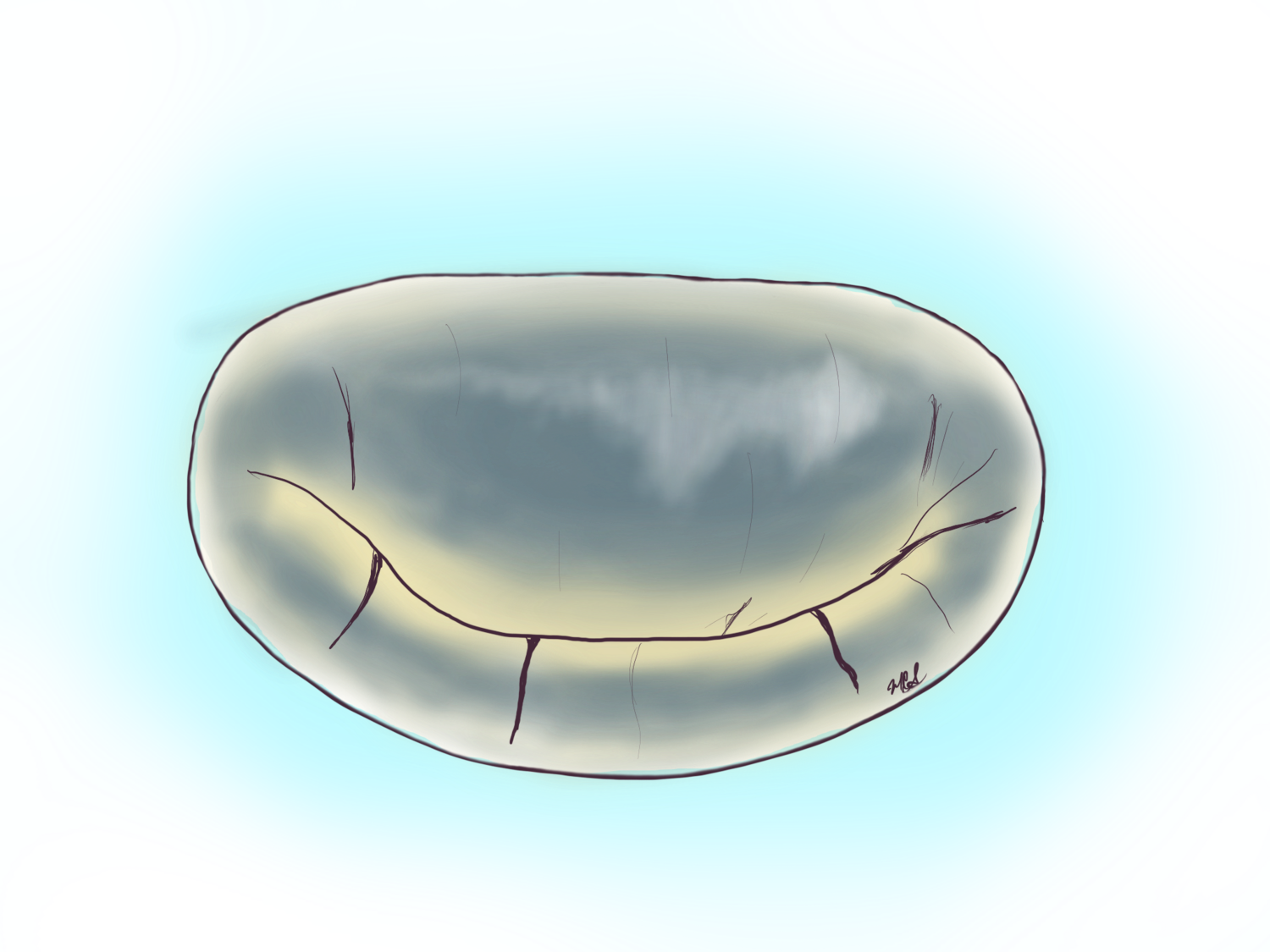Mitral Annular Calcification - MAC
Mitral Annular Calcification or MAC is a significant problem when it involves the majority of the annulus (frame of the mitral valve) posteriorly. This calcium accumulation is more than the deposition of calcium particles, it is the replacement of the muscle and materials that make the heart in that area with heavy calcium deposits.
Take Home Points:
Mitral annular calcification (MAC) is the deposition of calcium on the annulus of the mitral valve.
Severe MAC poses a significant therapeutic challenge to heart specialists.
Mitral valve replacement is often the therapy of choice in patients with severe MAC.
Mitral annular calcification or MAC occurs mostly in persons in their 70’s or higher. It is not well understood, but its presence can lead to mitral tightening (stenosis) as well as mitral leakage (regurgitation). The problem with MAC is that the calcium starts superficially, but in time it completely replaces the muscle and heart structures it invades. When this happens, removing the calcium can lead to a devastating injury with the back part of the heart separating, something known as atria-ventricular groove dehiscence. For this reason persons with severe MAC are sometimes turned down for surgery.


